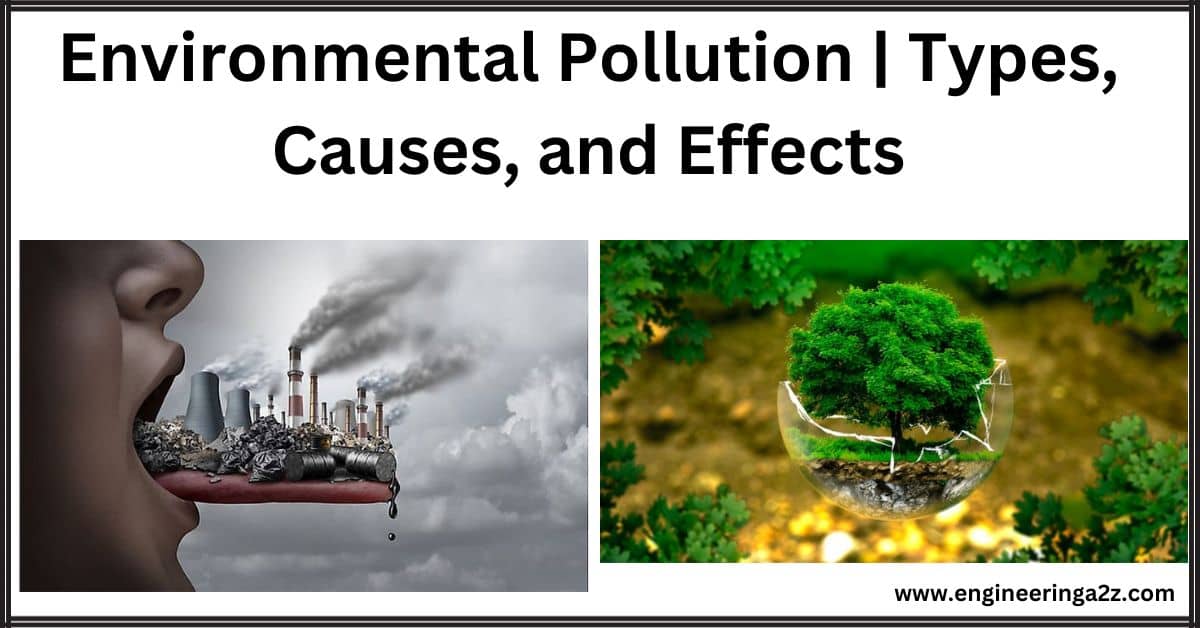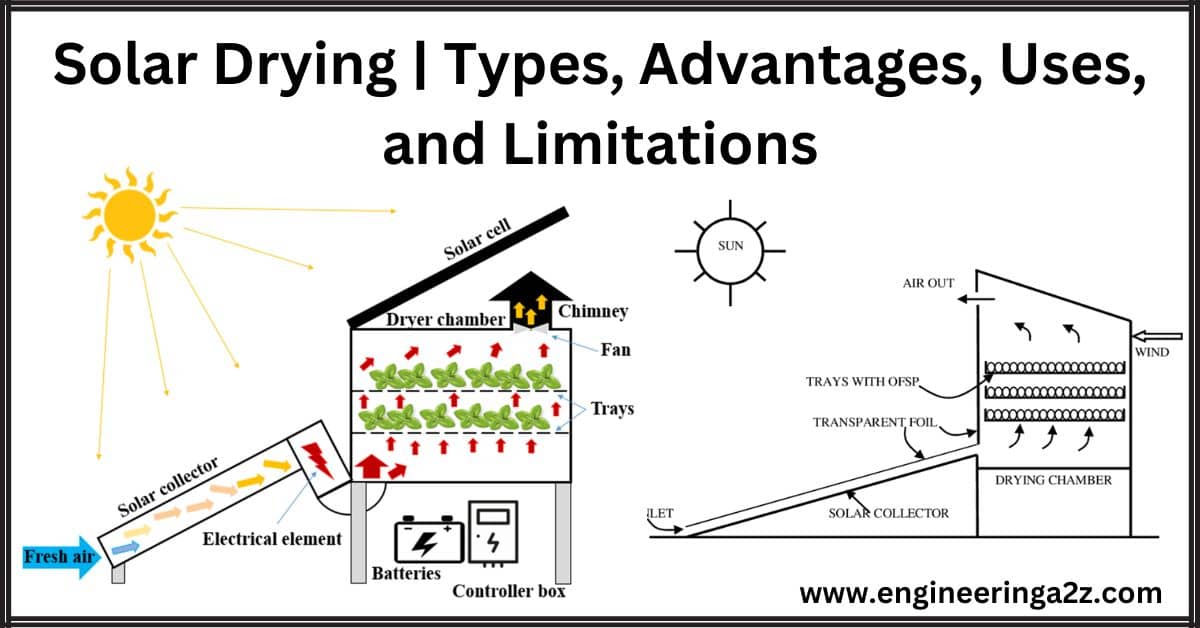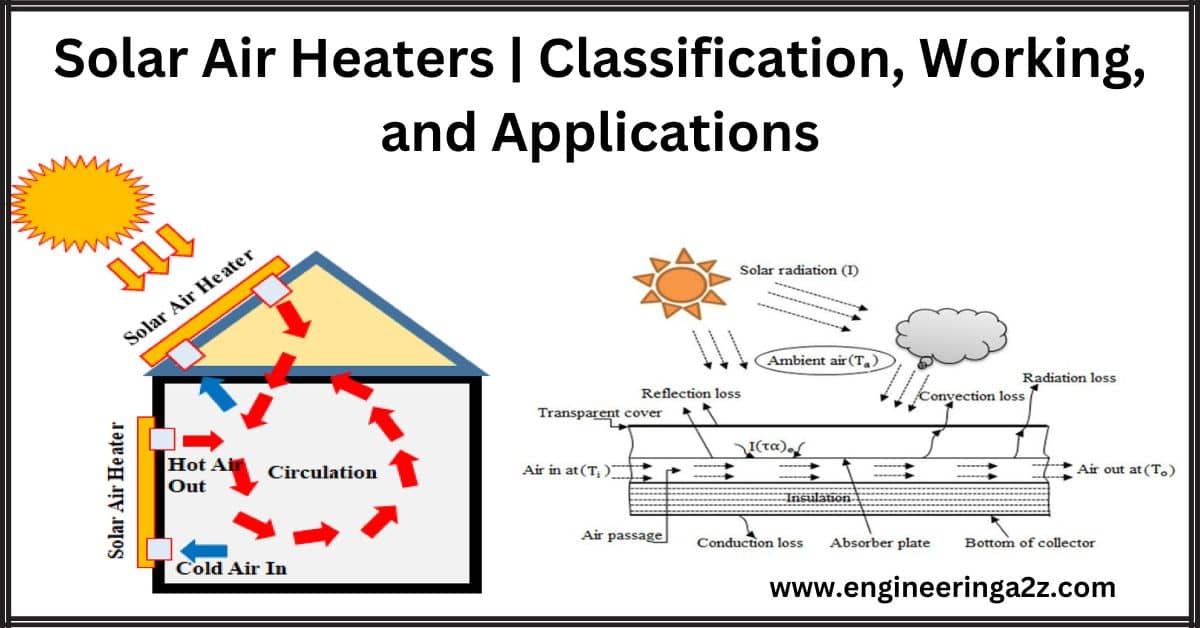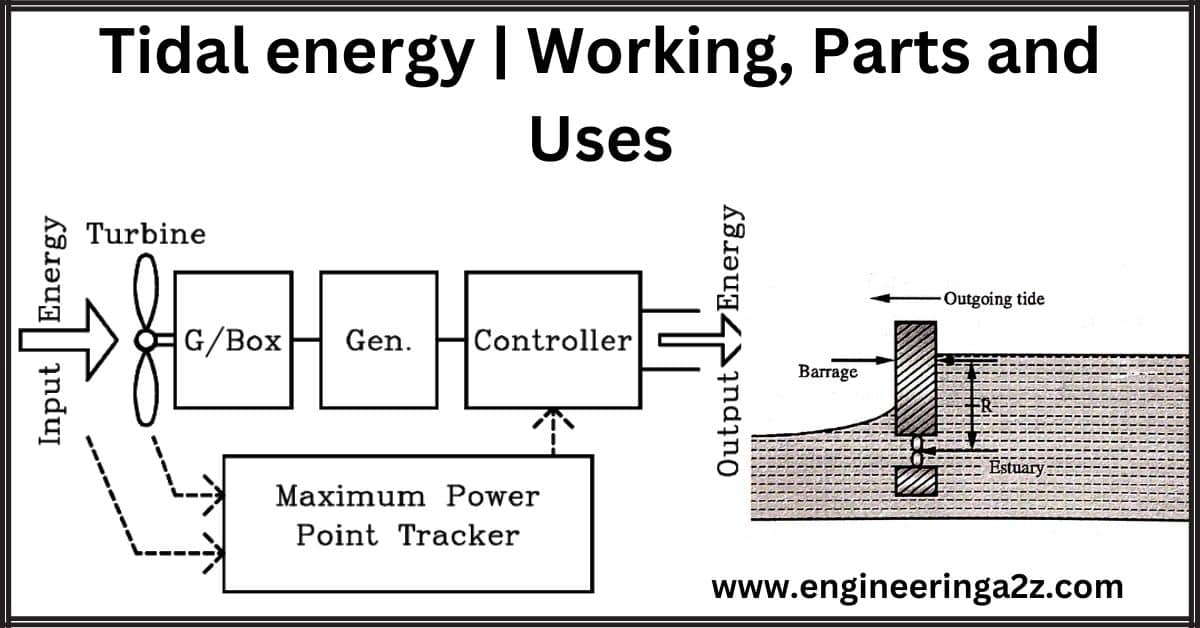Pyrolysis | Basic Principles, Types and Uses
Introduction Pyrolysis is a process that breaks down organic material at temperatures between 400 °C…
Waste to Energy | Methods, Economic Impact and Future Trends
Introduction Waste-to-energy (WtE) or energy-from-waste (EfW) is a way to produce electricity and heat from…
Fluidized Bed Gasifier | Types, Operation, Design and Development
Introduction A fluidized Bed Gasifier is a process that turns waste material containing carbon into…
Biomass Gasifier | Construction, Working, and Disadvantages
Introduction Gasification is a process that turns biomass or fossil fuels into gases like nitrogen…
Types of Biomass Gasifier
Biomass Gasifier Biomass gasifiers convert organic materials into gas for energy production. The main types…
Thermochemical Energy Storage | Principle, Types, and Requirements
Introduction Thermochemical energy storage is highly efficient for saving energy and reducing greenhouse gas emissions.…
Environmental Pollution | Types, Causes, and Effects
When things around us change in a bad way and start harming plants and animals,…
Solar Air Heaters | Classification, Working, and Applications
Solar Air Heaters A solar air heater is a special solar system that uses sunlight…
Tidal Energy | Working, Parts, and Applications
Tidal Energy Tidal energy is a type of renewable energy that harnesses the power of…
















Comments